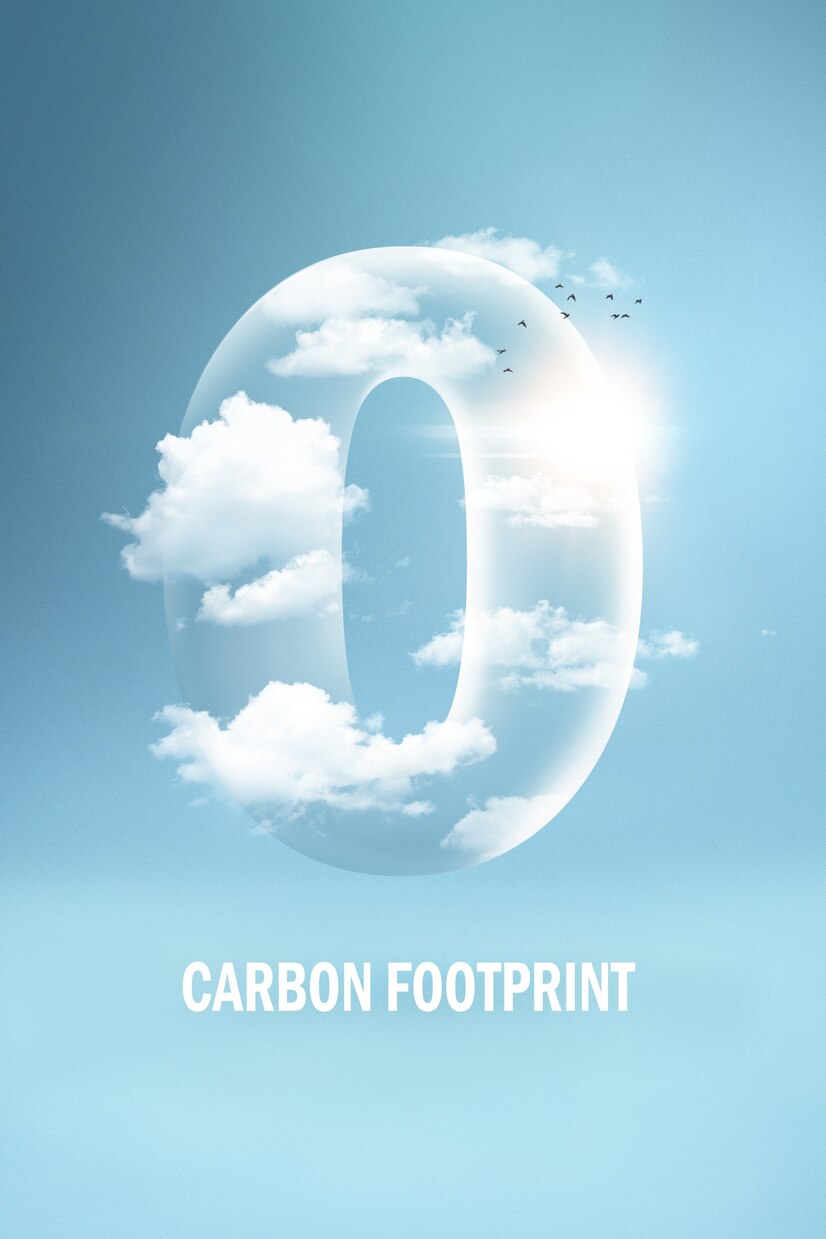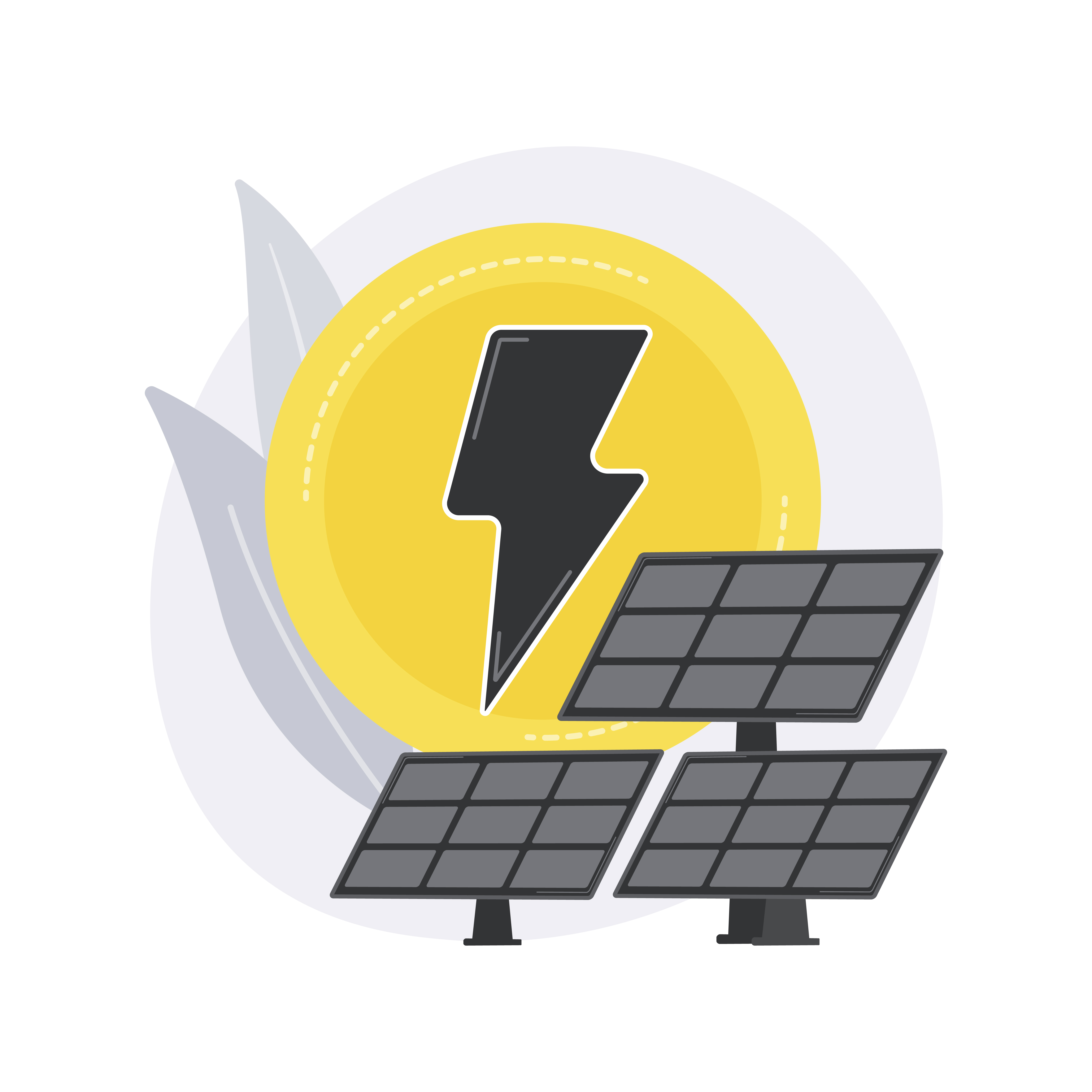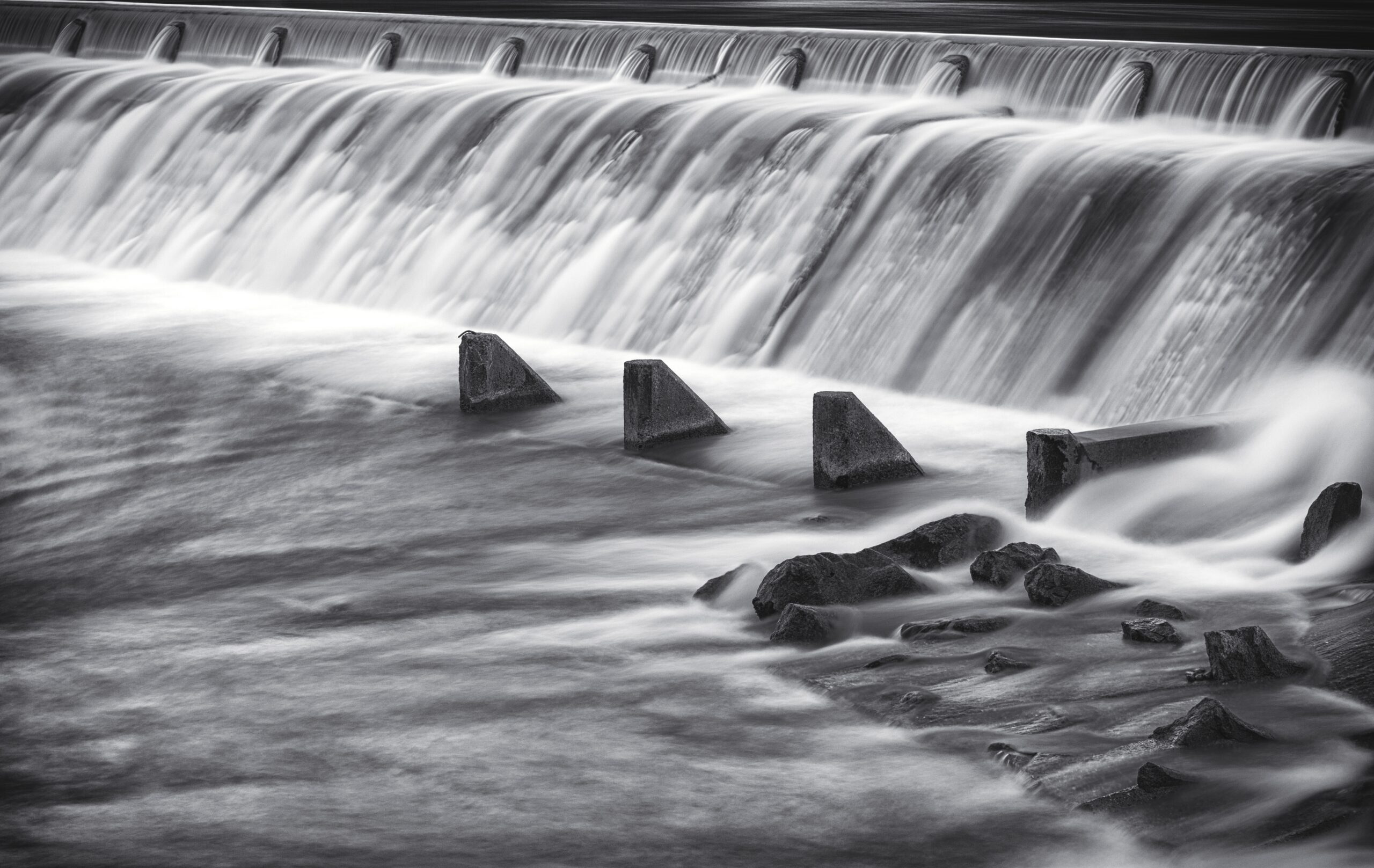This article talks about the German government's ambition and strategy concerning wind energy, wind farms and key players involved in the sector. I will also discuss the challenges it needs to overcome to achieve net zero status by 2045.
Ambition & Strategy
In April 2022, the German government launched the easter package, and with it, the aim is to generate 80 per cent of electricity from renewable sources by 2030 from 42 per cent in 2021 and 100 per cent by 2035. In line with the target, they aim to install 10 Gigawatt of onshore wind energy capacity from 2025, and with this trajectory, it will have 115 gigawatts of capacity.
Regarding offshore wind energy capacity, targets are 30 Gigawatt by 2030, 40 Gigawatt by 2035, and 70 Gigawatt by 2045. It is crucial to prioritise offshore wind energy in maritime spatial planning and efforts to expedite the process of approving permits and bolster staffing in permitting authorities.
Wind Farms
- Hohe See offshore wind farm located in the North Sea, developed by German utility Energie Baden-Württemberg in partnership with Canadian infrastructure company Enbridge at the cost of $1.9 billion. Construction began in early 2017 and was operational from October 2019. It has a capacity of 497 Megawatt and will generate about 2 billion Kilowatt-hours annually.
- Gode Wind 1 and 2 offshore wind energy projects located in the North Sea, developed by DONG Energy at the cost of $2.4 billion. Construction began in 2015, inaugurated in 2017. The combined capacity is 582 Megawatt and can power 600,000 homes.
- Nordlicht I, located north of Borkum Island, was developed by Vattenfall and is expected to be operational by 2027. It has a capacity of 980 Megawatt and can power 1,000,000 homes.
- The Global Tech 1 Offshore wind farm, situated in the German exclusive economic zone within the North Sea, was collaboratively developed by Stadtwerke München, ENTEGA AG (Darmstadt), Axpo International, Esportes Offshore Beteiligungs, Norderland Projekt, Windreich, FC Wind 1, FC Wind 2, GTU I, and GTU II, with a total investment of $2 billion.
- It became operational in September 2015. It has a capacity of 400 Megawatt, produces 1400 Gigawatt-hours of electricity and can power 445,000 homes.
- Arkona wind farm, located northeast of the Rügen island, was developed by E.ON in partnership with Norwegian energy company Equinor at an investment of $1.4 billion. The construction commenced in August 2016 and was completed in April 2019. It has a capacity of 385 Megawatt and can power 400,000 homes.
Key Startups
- Evoblade, based in Bremen, uses a patented technology called EvoFlap to enhance wind turbine performance.
- Onwrks, based in Berlin, applies algorithms to reduce maintenance costs, and downtime and enhance wind farm performance.
- Windrover, based in Bremen, is engaged in wind turbine blade monitoring by employing AI technologies.
- Sowento, based in Stuttgart, is engaged in wind energy lidar, floating wind and wind farm applications.
- MOWEA GmbH, based in Berlin, is rethinking urban and industrial applications of wind power by providing small-wind energy systems.
Challenges
- The great challenge is balancing nature conservation and increasing renewable energy capacity. For instance, wind farms require large swaths of land compared to the land needed for oil and gas. As a result, Germany has to balance its need to conserve nature and weaning itself off fossil fuels.
- The second obstacle is the lack of infrastructure for transmitting energy into electricity. For instance, high wind energy potential areas are in the northwest, while energy demand is high in the industrial south. Proper infrastructure to transport energy capacity across the region is necessary.
- The third problem is that disrupted supply chains, rising material and energy cost and higher interest rates has affected worsened investment climate leading to a reduction in investor confidence. It will impact investment in wind energy development in the short term.
Conclusion
In this piece, I have talked about Germany’s ambition with key targets up to 2045 and the actions taken as part of the strategy to promote wind energy in the country. I have mentioned the top five wind farms, four already built and one under construction. I also mentioned the top five startups involved in the wind energy sector and the top three challenges it need to overcome to enhance renewable energy capacity in the country. The government’s current actions are heading in the right direction. However, the fulfilment of wind energy targets within the specified deadline is still uncertain.
End Notes:
- https://climateactiontracker.org/countries/germany/
- https://windeurope.org/newsroom/press-releases/germany-gets-ready-to-deploy-more-than-10-gw-of-new-wind-per-year-with-historic-package/
- https://www.cleanenergywire.org/factsheets/german-offshore-wind-power-output-business-and-perspectives
- https://energsustainsoc.biomedcentral.com/articles/10.1186/s13705-020-00250-9
- https://www.f6s.com/companies/wind-energy/germany/co
- https://www.power-technology.com/projects/hohe-see-offshore-wind-farm-north-sea/
- https://www.enbw.com/company/press/germany-s-biggest-wind-farm-connected-to-the-grid.html
- https://www.power-technology.com/projects/gode-wind-1-and-2-offshore-wind-farms/
- https://www.power-technology.com/features/the-biggest-wind-farms-in-europe/
- https://group.vattenfall.com/press-and-media/newsroom/2023/new-german-offshore-wind-farm-renamed-nordlicht-i
- https://www.renewable-technology.com/projects/global-tech-i-offshore-wind-farm-north-sea/
- https://www.rwe.com/en/the-group/countries-and-locations/arkona-offshore-wind-farm/





